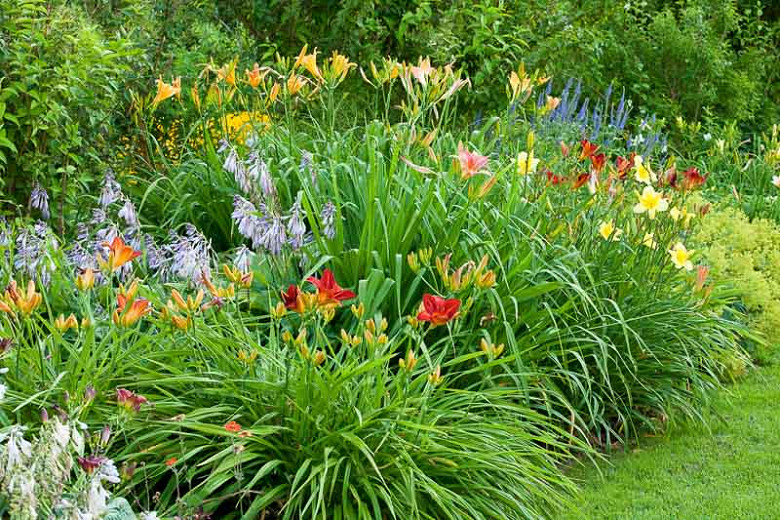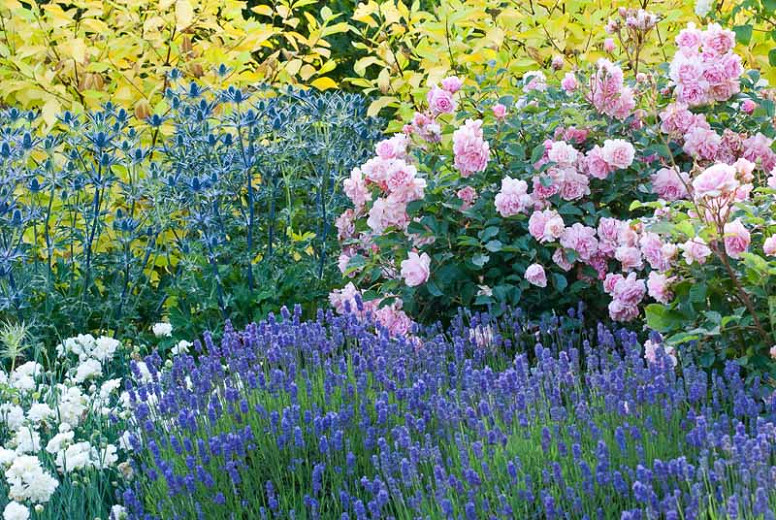Amazing Plant Companions That Will Make Your Garden Thrive
Amazing Plant Companions That Will Make Your Garden Thrive
Companion planting is the practice of planting certain types of plants together to benefit each other. By understanding which plants complement each other, you can create a more productive and pest-resistant garden.
There are many different ways to companion plant, but some of the most common methods include:
- Attracting beneficial insects: Some plants attract beneficial insects, such as ladybugs and parasitic wasps, which can help to control pests. For example, planting marigolds near tomatoes can help to deter tomato hornworms.
- Distracting pests: Some plants have strong scents that can distract pests from other plants. For example, planting nasturtiums near cabbages can help to deter cabbage moths.
- Providing nutrients: Some plants can improve the soil quality for other plants. For example, legumes, such as peas and beans, fix nitrogen in the soil, which can benefit other plants.
- Shading or providing support: Some plants can provide shade or support for other plants. For example, planting tomatoes near corn can help to protect the tomatoes from the sun and wind.
Here are some of the best plant companions for a variety of vegetables:
Tomatoes
- Basil: Basil is a classic companion plant for tomatoes. It helps to deter tomato hornworms and other pests, and it also improves the flavor of tomatoes.
- Marigolds: Marigolds help to deter nematodes, which can damage tomato roots. They also attract beneficial insects that help to control pests.
- Cucumbers: Cucumbers and tomatoes can be planted together because they have similar growing requirements. They also help to shade each other from the sun.
- Potatoes: Potatoes and tomatoes can be planted together because they help to suppress each other's pests. However, it is important to plant them far enough apart so that the potato foliage does not shade the tomato plants.
- Herbs: Many herbs, such as thyme, oregano, and rosemary, can be planted near tomatoes to help deter pests. They also add flavor to tomatoes when used in cooking.
Carrots
- Lettuce: Lettuce helps to suppress carrot fly, which is a common pest of carrots.
- Onions: Onions and carrots can be planted together because they have different root systems and do not compete for nutrients. They also help to repel each other's pests.
- Celery: Celery helps to deter carrot rust fly, which is another common pest of carrots.
- Peas: Peas can be planted with carrots to help improve the soil quality. They also help to suppress carrot root fly.
- Herbs: Many herbs, such as dill, parsley, and fennel, can be planted near carrots to help deter pests. They also add flavor to carrots when used in cooking.
Peas
- Beans: Beans and peas are both legumes, which means that they fix nitrogen in the soil. This can benefit other plants in the garden.
- Carrots: Peas can be planted with carrots to help improve the soil quality. They also help to suppress carrot root fly.
- Lettuce: Lettuce helps to suppress pea weevil, which is a common pest of peas.
- Cucumbers: Cucumbers and peas can be planted together because they have similar growing requirements. They also help to shade each other from the sun.
- Herbs: Many herbs, such as dill, parsley, and fennel, can be planted near peas to help deter pests. They also add flavor to peas when used in cooking.
These are just a few of the many amazing plant companions that can make your garden thrive. By doing some research and experimenting, you can find the perfect plant combinations for your own garden.
Do you want to create a beautiful and productive garden? If so, you need to know which plants go together. Some plants help each other grow, while others can compete for resources or even harm each other.
That's where companion planting comes in. Companion planting is the practice of planting certain plants together to benefit each other. For example, marigolds can help repel pests from tomatoes, and beans can help fix nitrogen in the soil for other plants to use.
If you're not sure which plants go together, there are plenty of resources available to help you. One great place to start is Gardenia Inspiration. This website has a comprehensive list of companion planting charts, as well as articles and videos about the benefits of companion planting.
So what are you waiting for? Visit Gardenia Inspiration today and learn more about how to create a beautiful and productive garden through companion planting!
Image of plants that go together in a garden
Hostas and daylilies are two classic garden plants that go well together. Hostas provide lush foliage in a variety of colors, while daylilies add bright blooms in the summer. They both have similar growing conditions, so they are easy to care for.

- Roses and lavender are another popular combination. Roses are known for their beautiful blooms, while lavender adds a touch of fragrance. They both prefer full sun and well-drained soil.

- Sunflowers and zinnias are perfect for a sunny garden. Sunflowers grow tall and attract pollinators, while zinnias come in a variety of colors and bloom all summer long.

- Clematis and peonies are a stunning combination of flowers. Clematis climbs up supports, while peonies grow in clumps. They both bloom in the spring and summer.

- Shrub roses and hydrangeas are a classic combination for a formal garden. Shrub roses add structure and color, while hydrangeas provide lush blooms. They both prefer full sun and well-drained soil.

Post a Comment for " Amazing Plant Companions That Will Make Your Garden Thrive"